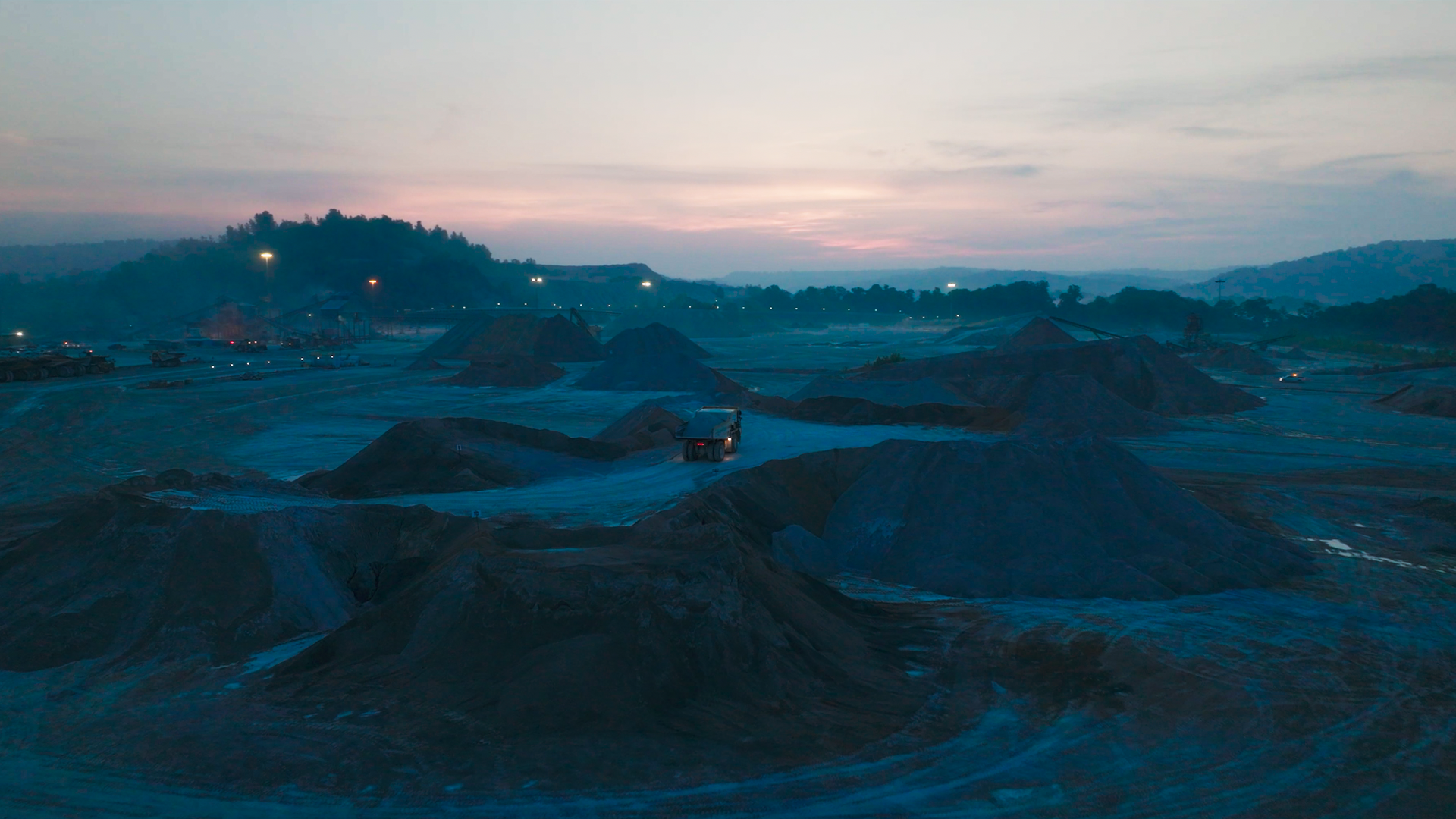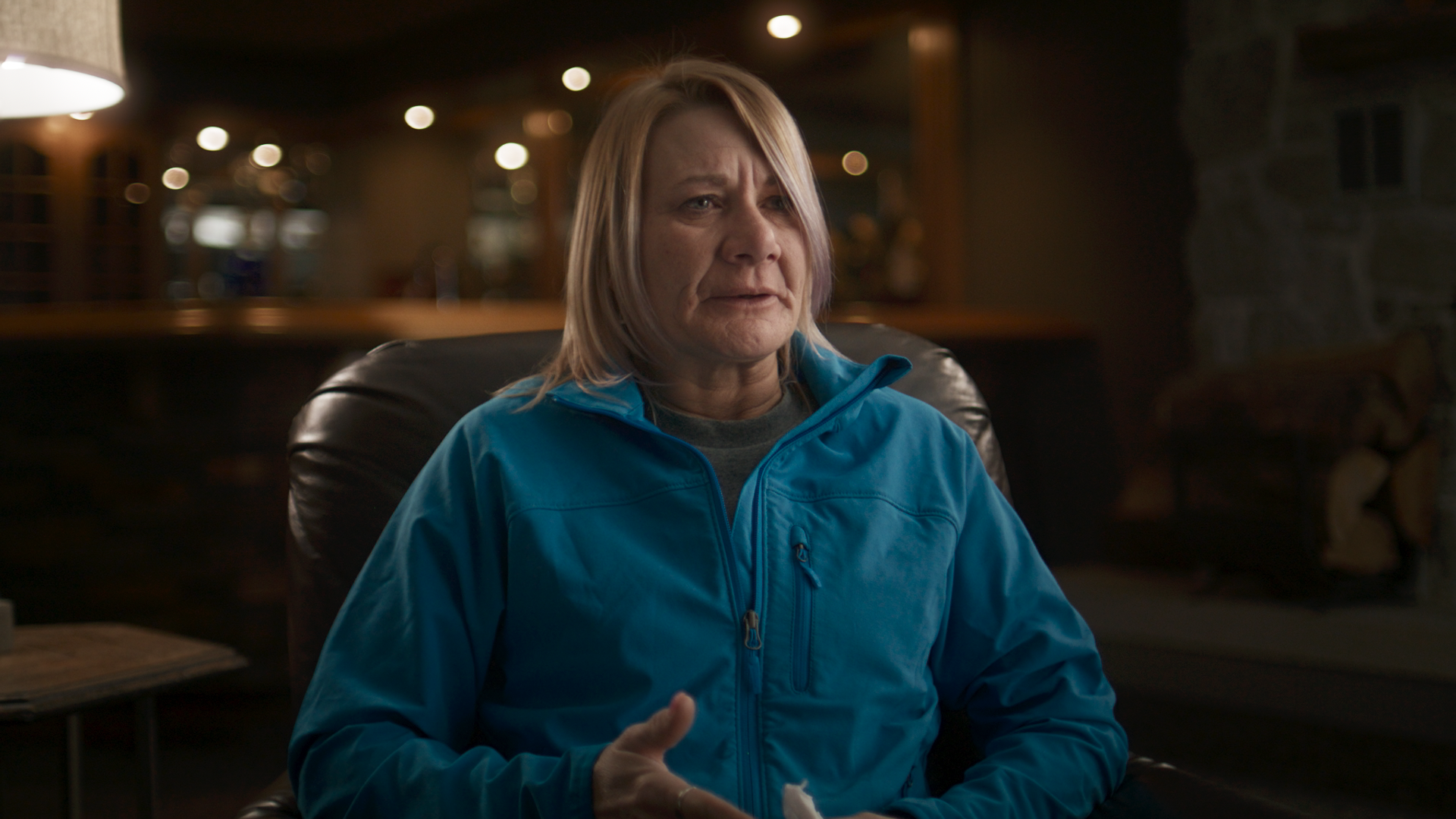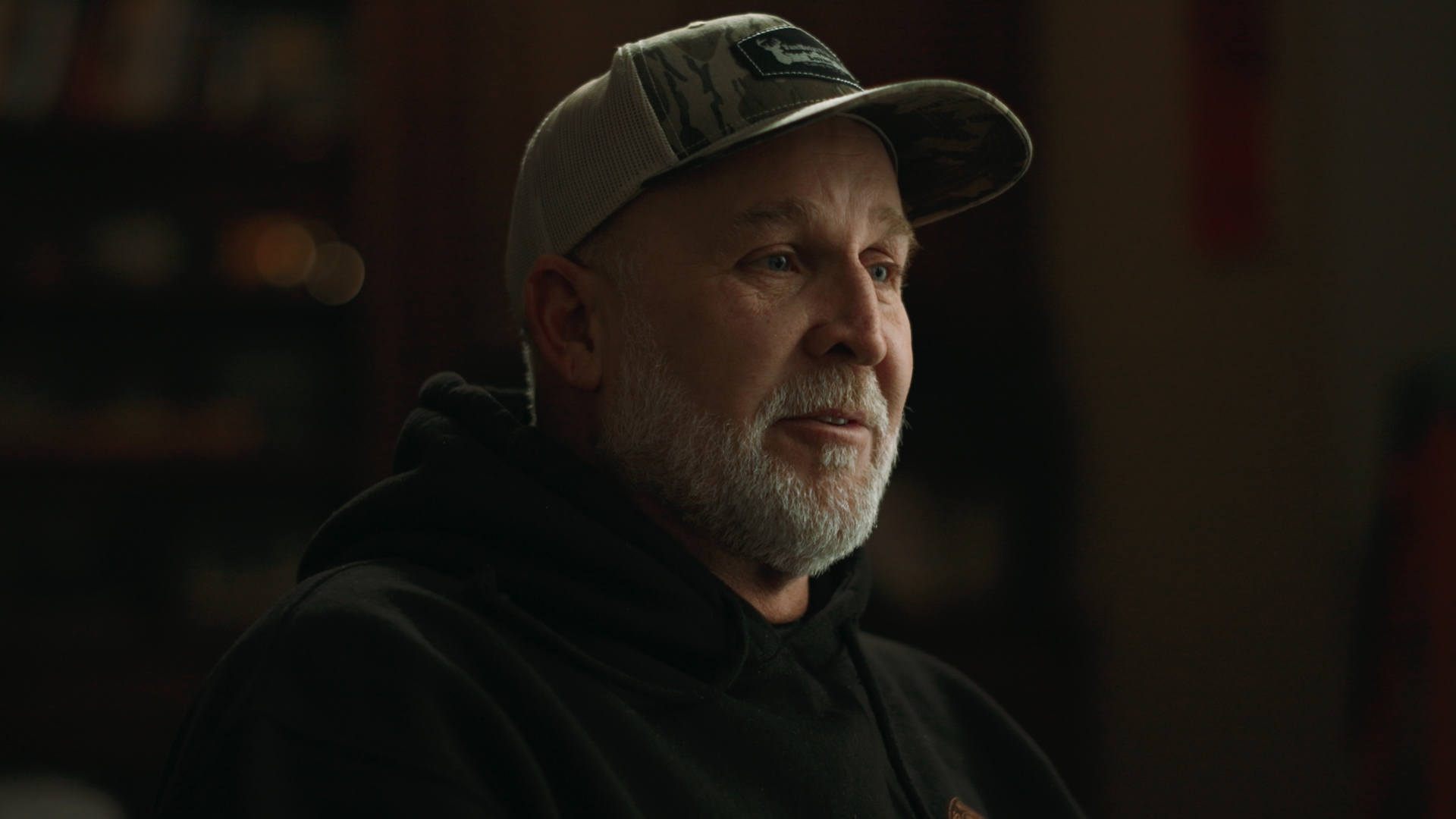
CRH: SAFETY
Tasked with creating a video that would bring awareness to workplace safety using testimonials from real CRH employees, we immediately recognized the need for HIGH IMPACT storytelling.
Our company contributors had already been asked to relive their tragedies too often in the wake of their respective incidents — we wanted to be sure our team would be the last they’d ever have to share with, and that the accidents which led to their losses would not be in vain.
Our new goal was to create a film that would start an important conversation, and what we came away with was a powerful reflection of human life and a reinforcing message that established a clear vision for progressing workplace safety measures.

LOCATION’S BASED STORY TELLING:
We knew we wanted to capture the spaces where our interview contributors worked everyday. What’s more, we knew that by setting out to capture specific sequences that we would reach relatability on a larger scale and ultimately hit our target audience: the global CRH workforce. Construction materials and distribution covers an immense swath, but sure enough, in our travels we quickly found that there was an obvious universality to the industry. In today’s globalized world, our Arizona contributors were working directly with our Indiana contributors. And despite being in another continent entirely, our Polish team worked under the same high-levels of safety practices and trade. When the film premiered before its initial audience — a global conference featuring hundreds of industry leaders — it was met with an immediately positive and emotional response that inspired a much bigger conversation in the company’s leadership.

INTERVIEWS:
Dealing with the subject matter of death and grieving requires the utmost sensitivity, and so creating a safe environment for our interviewees was paramount. We immediately established a relationship with our key contributors — CRH leaders who had close relationships with the victims and were integral to the recovery of their teams.
We were patient to hear their stories first, discovered what could and couldn’t be touched and slowly but surely built a level of trust that allowed us access to their their points of view.
To further build on comfortability, we wanted our subjects to be in spaces they already knew and occupied. Despite their tragic stories, our contributors all had positive connections to their workplaces, which happened to lend favorably to our film’s setting and theme of camaraderie.
Our Production laid the rules out clearly: only crucial crew members were allowed on set, and only with the contributor’s permission. Everyone from our PA’s to our Gaffers understood this, and it’s this sort of professional care and respect that allowed us to create something with this level of global impact.





